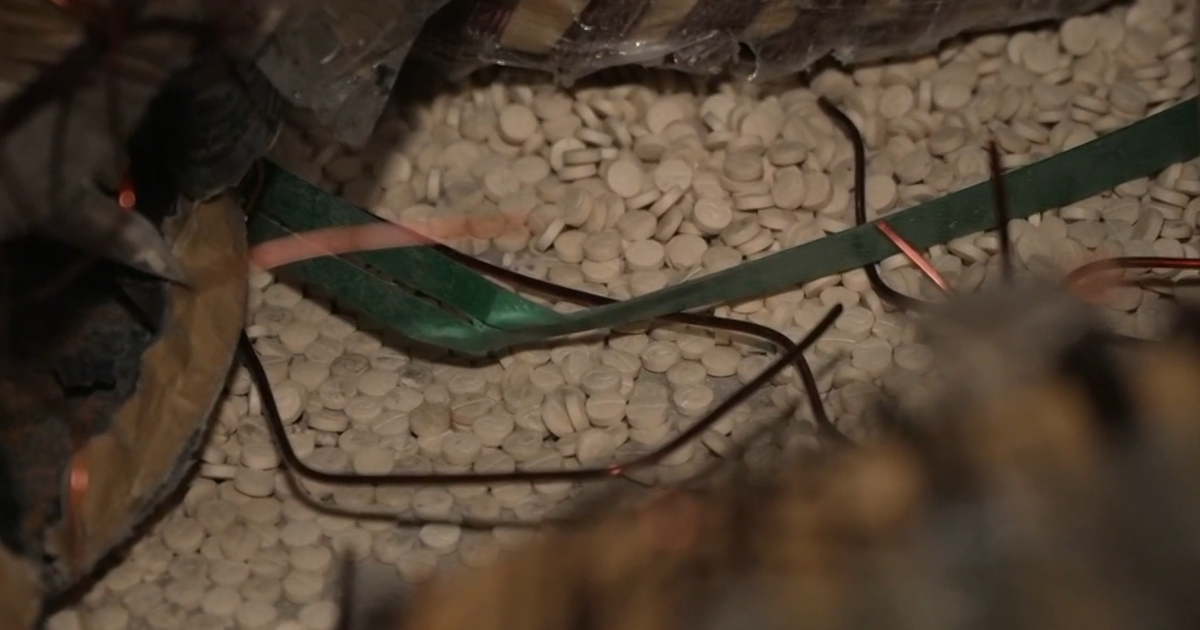$1.4M ISIS cache of "jihadist's drug" seized, U.S. says
U.S. allies in the war against the Islamic State of Iraq and Syria (ISIS) have found and destroyed an massive cache of narcotics previously held by the jihadist group in Syria, the Pentagon said early Monday morning. The haul of "Captagon," an amphetamine-type narcotic often used by militants to stay awake and alert during prolonged battles, was worth an estimated $1.4 million, according to the U.S. military's statement.
The Pentagon statement said the allied Free Syrian Army group Maghawir al-Thowra found the drugs during anti-ISIS operations near al-Tanf, an area on Syria's southeast border with Iraq, on May 31.
"Despite Daesh's façade of Islamic purity, its criminal terrorists are known drug users and traffickers," the military statement said, referring to ISIS by an Arabic acronym. "The cache included more than 300,000 pills of Captagon, an illegal drug frequently trafficked and used by Daesh members."
A video uploaded by the Maghawir al-Thowra militia to Twitter, complete with dramatic music and on-screen text touting the destruction of the drugs and the group's commitment to defeating ISIS, showed thousands of pills being emptied into a barrel which was then set alight.
The brutal war in Syria turned the country into a far larger producer of amphetamine-type drugs, including Captagon. The narcotics have been used by the militants but also sold for profit to help fund their fight. ]
While relatively unheard of in the Western world, Captagon has been a big problem in the Middle East for years. A Saudi prince was arrested in 2015 after Lebanese officials said his plane was stopped at Beirut airport before two tons of Captagon pills were loaded onto it.
The drug, first manufactured in the West five decades ago to treat hyperactivity, narcolepsy and depression, was banned in most countries by the 1980s due to its addictive properties. It is no longer prescribed anywhere for medical use. The active ingredient in Captagon, fenethylline, is metabolized by the body into the stimulants amphetamine and theophylline.



